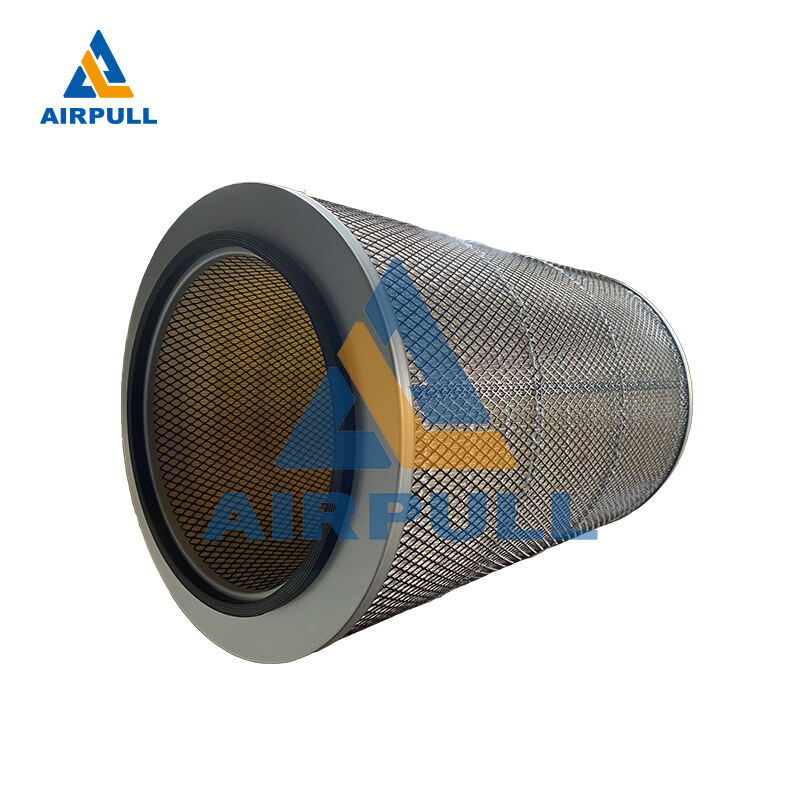Essential Guide to Air Filtration System Maintenance
Air compressor filters play a crucial role in maintaining the efficiency and longevity of your compressed air system. These vital components protect your equipment by removing contaminants, moisture, and particles that could otherwise damage your machinery or compromise air quality. Understanding common issues and their solutions can save you time, money, and prevent system failures.
When your air compressor filter isn't functioning optimally, it can lead to decreased system performance, higher energy costs, and potential damage to downstream equipment. By addressing these challenges proactively, you can ensure your compressed air system operates at peak efficiency while delivering clean, high-quality air for your applications.
Understanding Air Filtration System Components
Primary Filtration Elements
The heart of any air compressor filter system consists of multiple stages of filtration. The intake filter serves as the first line of defense, capturing large particles before they enter the compression chamber. Coalescing filters then remove fine particles, oil aerosols, and moisture from the compressed air stream. Understanding these components helps identify potential issues before they escalate into major problems.
Modern filtration systems often incorporate advanced materials and designs to enhance their effectiveness. High-efficiency filter media, precision-engineered housings, and specialized coatings work together to provide superior filtration while minimizing pressure drop across the system.
Secondary Filtration Mechanisms
Beyond the primary filters, secondary filtration mechanisms provide additional protection for sensitive applications. These may include activated carbon filters for removing odors and vapors, or specialized membrane filters for achieving ultra-high purity levels. Each component requires specific maintenance attention to maintain optimal performance.
The integration of multiple filtration stages creates a comprehensive system that can handle various contaminant types. This layered approach ensures reliable air quality while protecting both the compressor and end-use equipment.
Identifying Common Filter Issues
Pressure Drop Indicators
One of the most reliable signs of air compressor filter problems is an increased pressure drop across the filtration system. This occurs when contaminants build up within the filter media, restricting airflow and forcing the compressor to work harder. Regular monitoring of pressure differential indicators can help identify when filter maintenance or replacement is needed.
Modern systems often include digital pressure monitoring capabilities that provide real-time data on filter performance. These advanced diagnostics can alert operators to potential issues before they impact system operation.
Visual Inspection Techniques
Regular visual inspections can reveal early signs of filter deterioration or contamination. Look for discoloration, unusual moisture accumulation, or visible damage to filter elements. The condition of drain valves and sealing surfaces should also be checked during routine maintenance intervals.
Establishing a systematic inspection routine helps maintain consistent air quality while preventing unexpected filter failures. Document inspection findings to track changes over time and identify patterns that may indicate underlying system issues.
Preventive Maintenance Strategies
Scheduled Filter Replacement
Implementing a scheduled air compressor filter replacement program is essential for maintaining system reliability. Factors such as operating hours, environmental conditions, and air quality requirements should guide replacement intervals. Keep detailed records of filter changes to optimize maintenance scheduling and track system performance.
Consider using predictive maintenance techniques that incorporate data analysis to determine optimal replacement timing. This approach can help balance maintenance costs with system reliability requirements.
Regular System Monitoring
Continuous monitoring of key parameters helps identify potential filter issues before they become critical. Track pressure differentials, flow rates, and air quality measurements to establish baseline performance metrics. Deviations from these baselines can indicate developing problems that require attention.
Modern monitoring systems can integrate with facility management software to provide comprehensive oversight of filtration system performance. This integration enables proactive maintenance planning and helps optimize system efficiency.
Advanced Troubleshooting Methods
Diagnostic Tools and Techniques
Advanced diagnostic tools can help pinpoint specific air compressor filter issues. Ultrasonic testing, particle counting, and moisture analysis provide detailed information about system performance and filter effectiveness. These tools enable maintenance teams to identify problems accurately and implement targeted solutions.
Regular use of diagnostic equipment helps build a comprehensive understanding of system behavior and supports data-driven maintenance decisions. This approach leads to more efficient problem resolution and improved system reliability.
Performance Analysis
Conducting regular performance analysis helps identify trends and patterns in filter system operation. Compare current performance metrics with historical data to detect gradual degradation or sudden changes that may indicate developing problems. This analysis supports informed decision-making about maintenance and upgrade requirements.
Consider implementing automated analysis tools that can process large amounts of performance data and generate actionable insights. These systems can help optimize maintenance schedules and predict potential failures before they occur.
Frequently Asked Questions
How often should I replace my air compressor filter?
The replacement frequency depends on several factors including operating conditions, environment, and system usage. Generally, intake filters should be checked monthly and replaced every 500-2000 operating hours. Coalescing filters typically require replacement every 4000-8000 hours, while activated carbon filters may need changing every 1000-4000 hours.
What are the signs of a failing air compressor filter?
Key indicators include increased pressure drop across the filter, decreased system performance, unusual noise, excessive moisture in the air stream, or visible contamination in downstream equipment. Regular monitoring of these parameters helps identify filter issues early.
Can I clean and reuse my air compressor filter?
While some intake filters can be cleaned and reused, most high-efficiency filters are designed for single use and should be replaced when they reach their service limit. Attempting to clean and reuse disposable filters can compromise their effectiveness and potentially damage your system.





